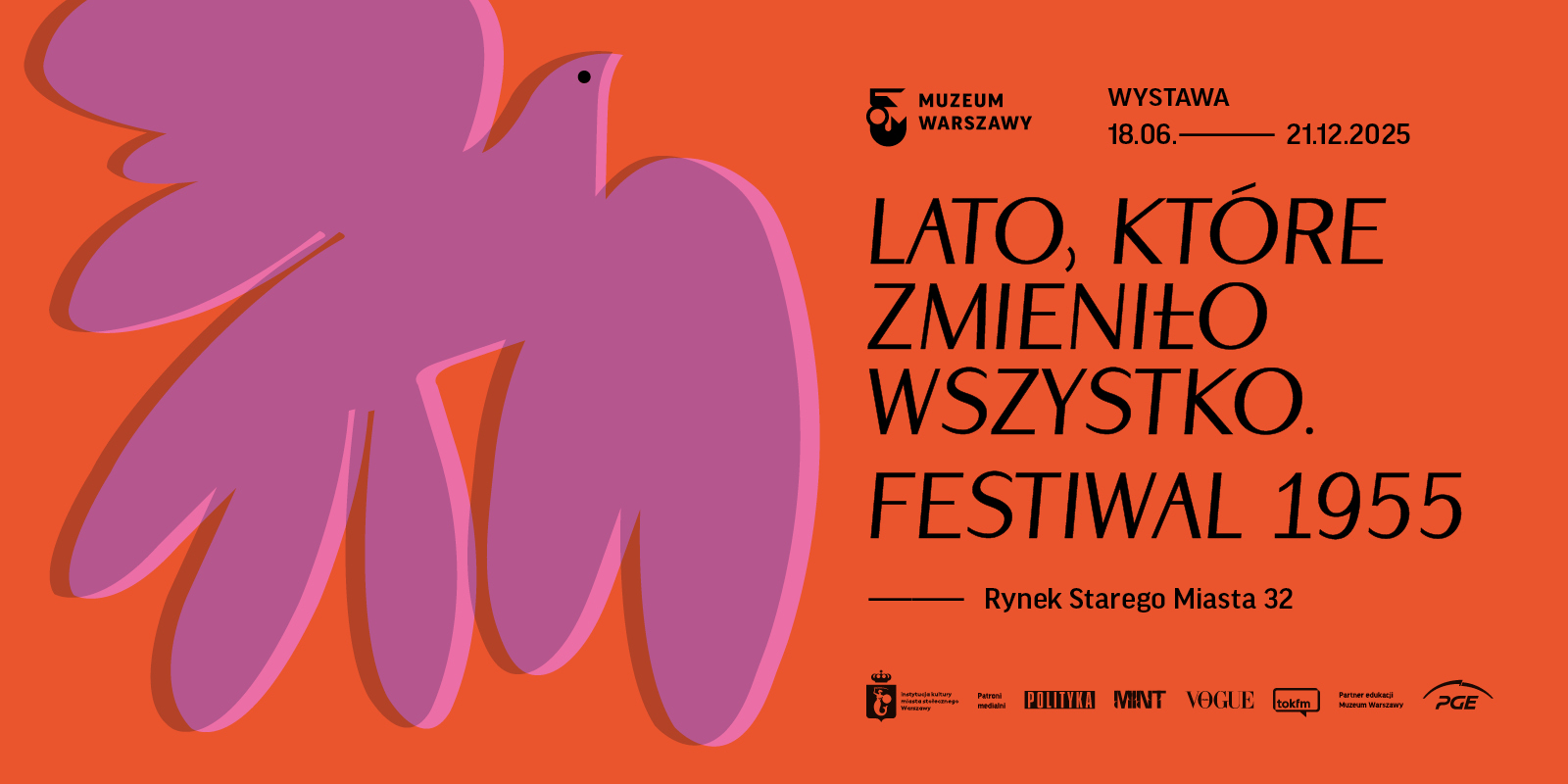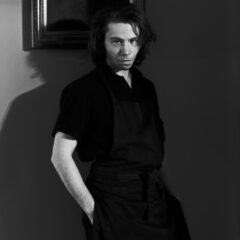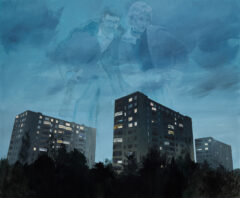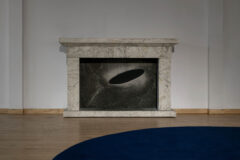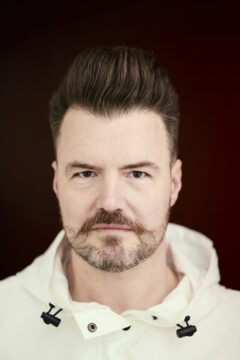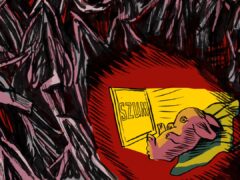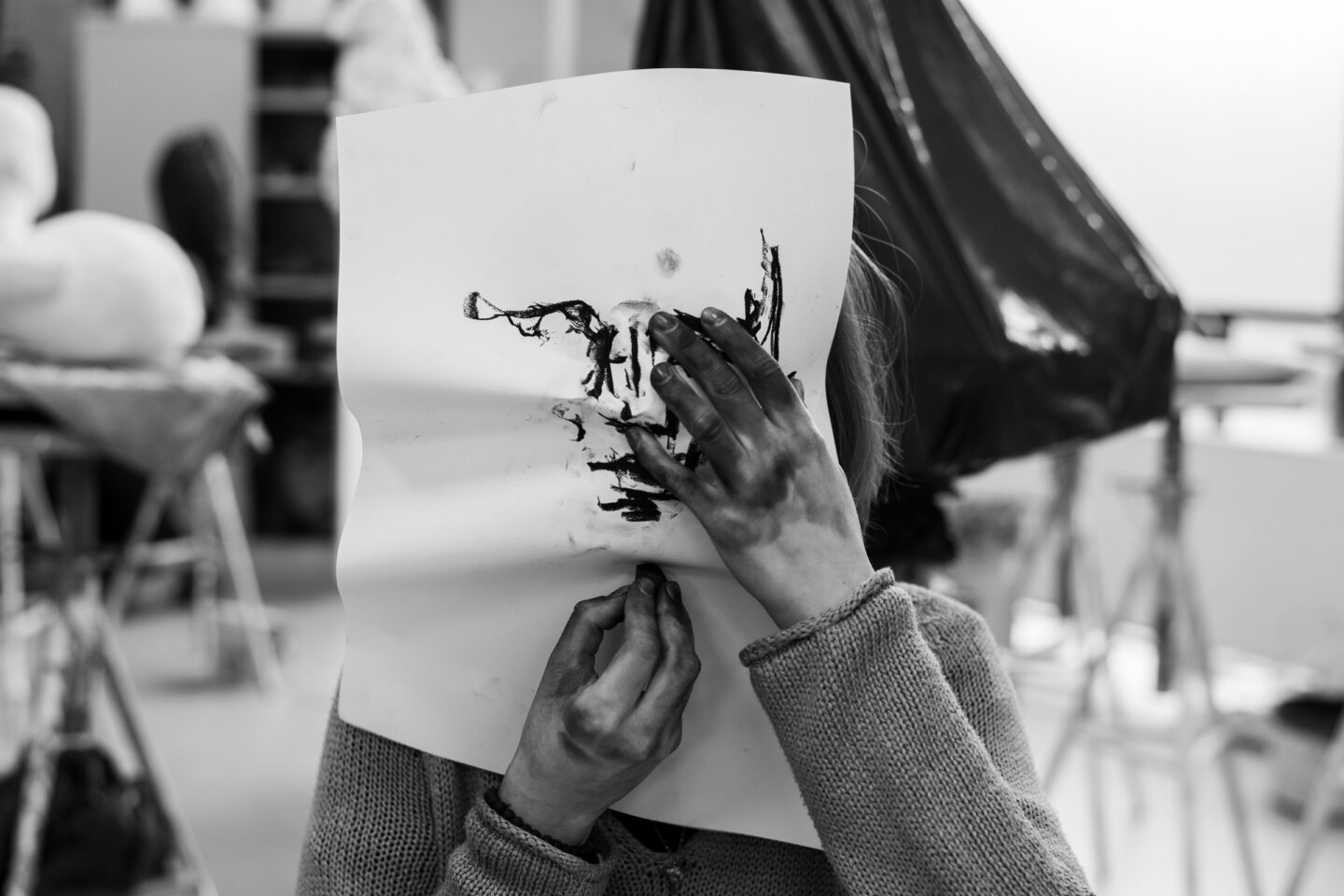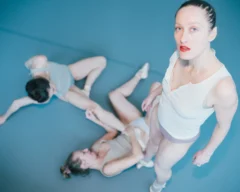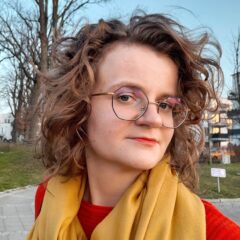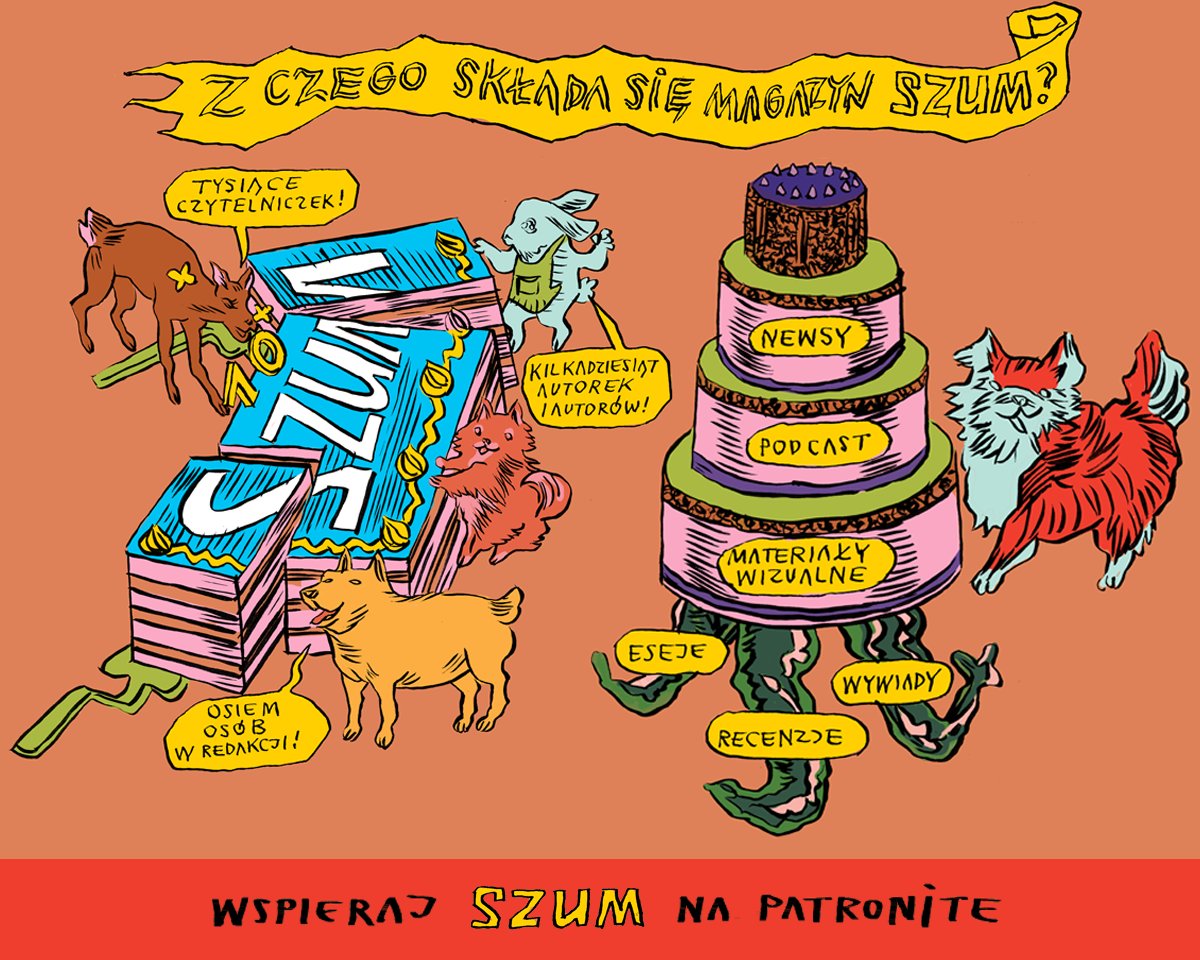„Utrata równowagi” w Centrum Sztuki Współczesnej Zamek Ujazdowski / ”Dizziness. Navigating the Unknown” at the Ujazdowski Castle Centre for Contemporary Art
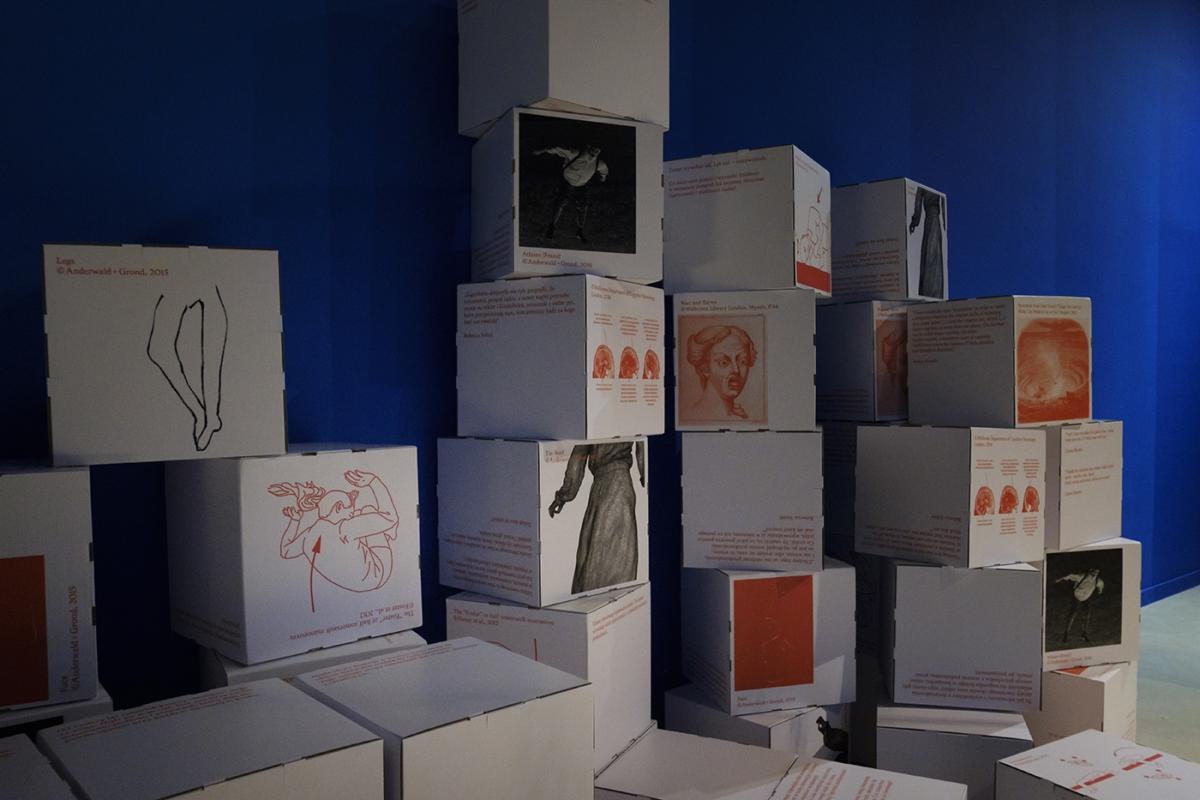
For English version scroll down
PL
Ta wystawa może przyprawiać o zawrót głowy. Artyści wychodzą poza to, co ustalone i poszukują innych stanów świadomości. Wciągają publiczność do konfrontacji z jej własnymi przekonaniami.
Wystawa grupowa Utrata równowagi powstała w wyniku projektu artystyczno–badawczego Dizziness – A Resource, realizowanego od 2014 roku przez Ruth Anderwald i Leonharda Gronda w Akademii Sztuk Pięknych w Wiedniu, we współpracy z Instytutem Psychologii Uniwersytetu w Grazu. Stany rozchwiania stają się tu punktem wyjścia do poszukiwań z pogranicza filozofii, kulturoznawstwa, medycyny, badań nad kreatywnością i innowacjami.
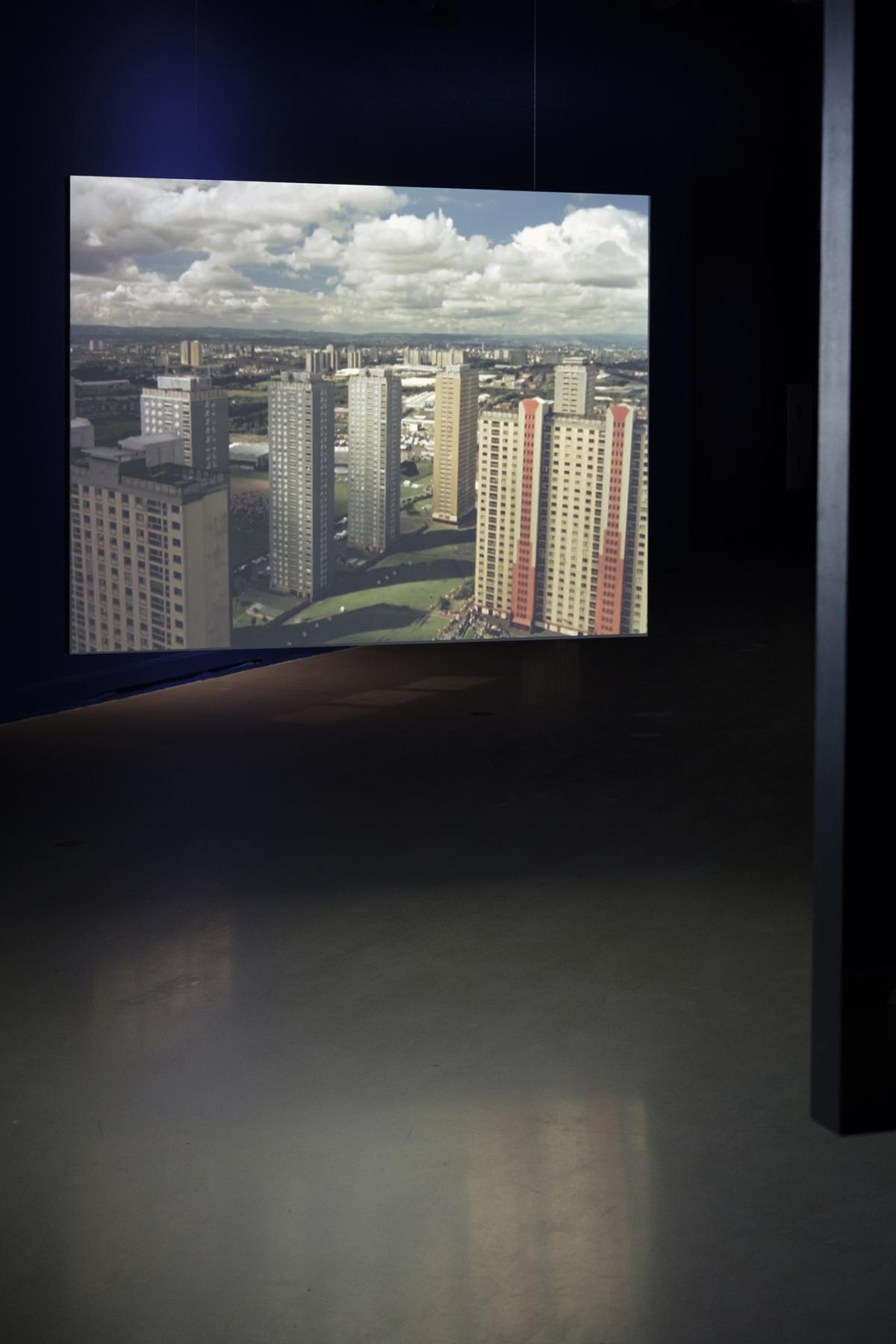
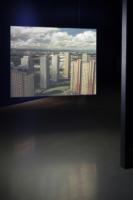
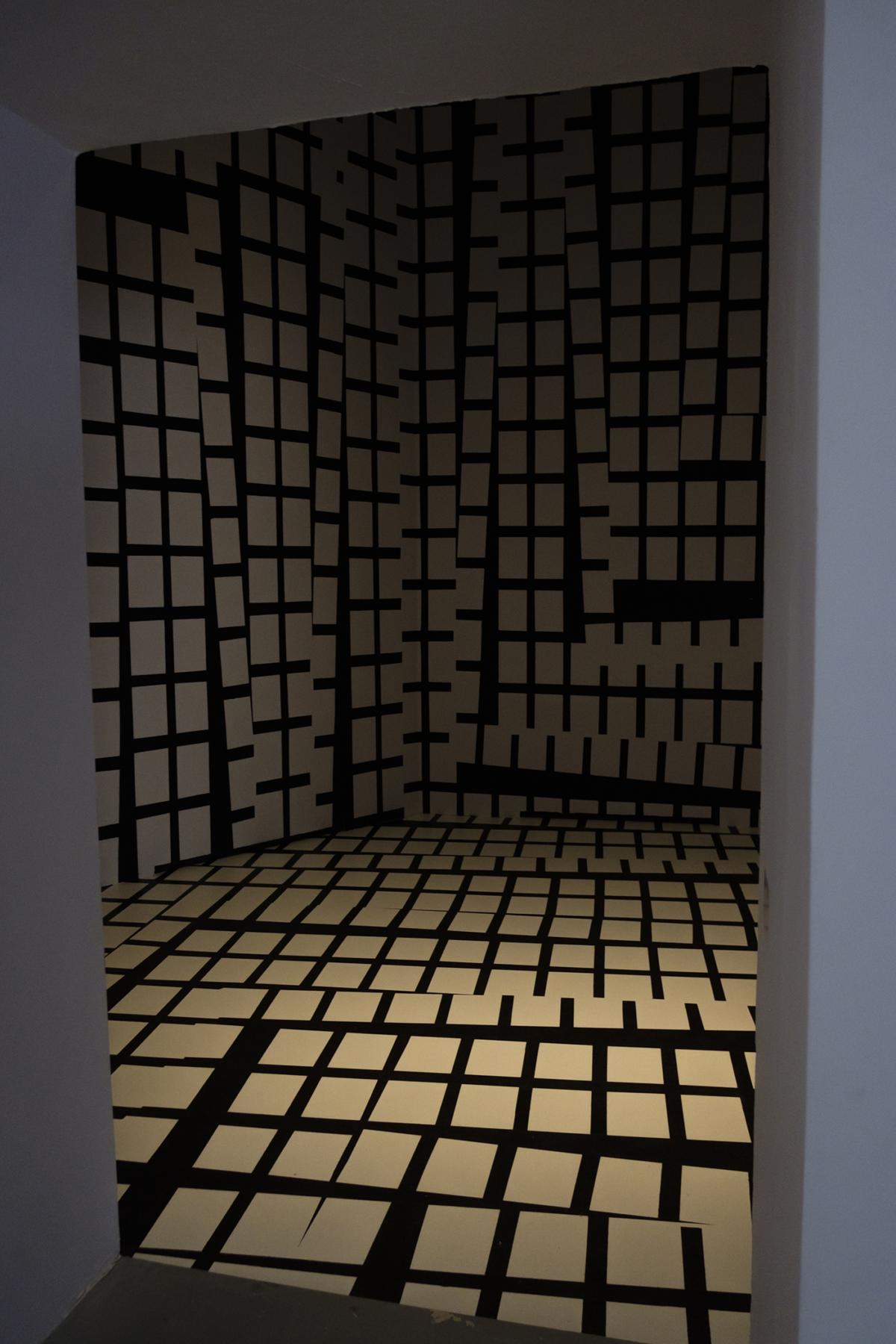
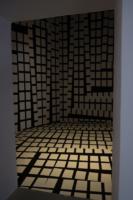
Na wystawie będzie można zobaczyć prace trzydziestu trzech artystów z całego świata, powstałe w drugiej połowie XX i w XXI wieku. Dzieła te przyprawiają widzów o tytułową utratę równowagi. Z rozmysłem stosowane są strategie artystyczne zmuszające publiczność do konfrontacji z jej własnymi przekonaniami, kierunkami myślenia i intencjami. Artyści prowokują do kwestionowania ustalonych zasad czy zachodzących w świecie zmian. Wychodzą poza to, co już ustalone, poza ogólnie przyjęte ramy myślenia.
Wytrącenie z równowagi jest zaledwie punktem wyjścia dla tego, co dzieje się na wystawie. Zawrót głowy jako utrata kontroli i stabilności jest analizowany zarówno pod względem psychologicznym, jak i fizycznym. Film Philippe’a Parreno Nie ma już rzeczywistości stanowi wprowadzenie w stan kryzysu. Społeczny zamęt, w jaki wprowadzają niektóre tradycyjne rytuały, pokaże film Camerona Jamiego Kranky Klaus. Brak pewności i utrata kontroli, często towarzyszące aktowi tworzenia, będzie można zobaczyć w filmie Fractal Crisis [Kryzys fraktalowy] szwedzkich artystów Viktora Landströma i Sebastiana Wahlforssa. W radykalny sposób w niepewności pogrąży nas instalacja Ann Veroniki Janssens.A samozniszczenie jako sposób na osiągnięcie stanu świętości zaproponuje widzom Michael Landy. Ćwiczenia z funkcjonowania w niepewnym świecie podejmowane przez Bruce’a Naumana są jedną z odpowiedzi na stan kryzysu. Jest on wyzwaniem, a twórcza reakcja może prowadzić do odzyskania równowagi. Kompas zaufania Ólafura Elíassona pomoże odzyskać orientację w zdestabilizowanym otoczeniu.Przynajmniej na jakiś czas.
Uwaga! Pod niektórymi tytułami prac na wystawie znajdują się ostrzeżenia. Osoby z klaustrofobią, astmą oraz posiadające rozruszniki serca prosimy o zachowanie szczególnej ostrożności.


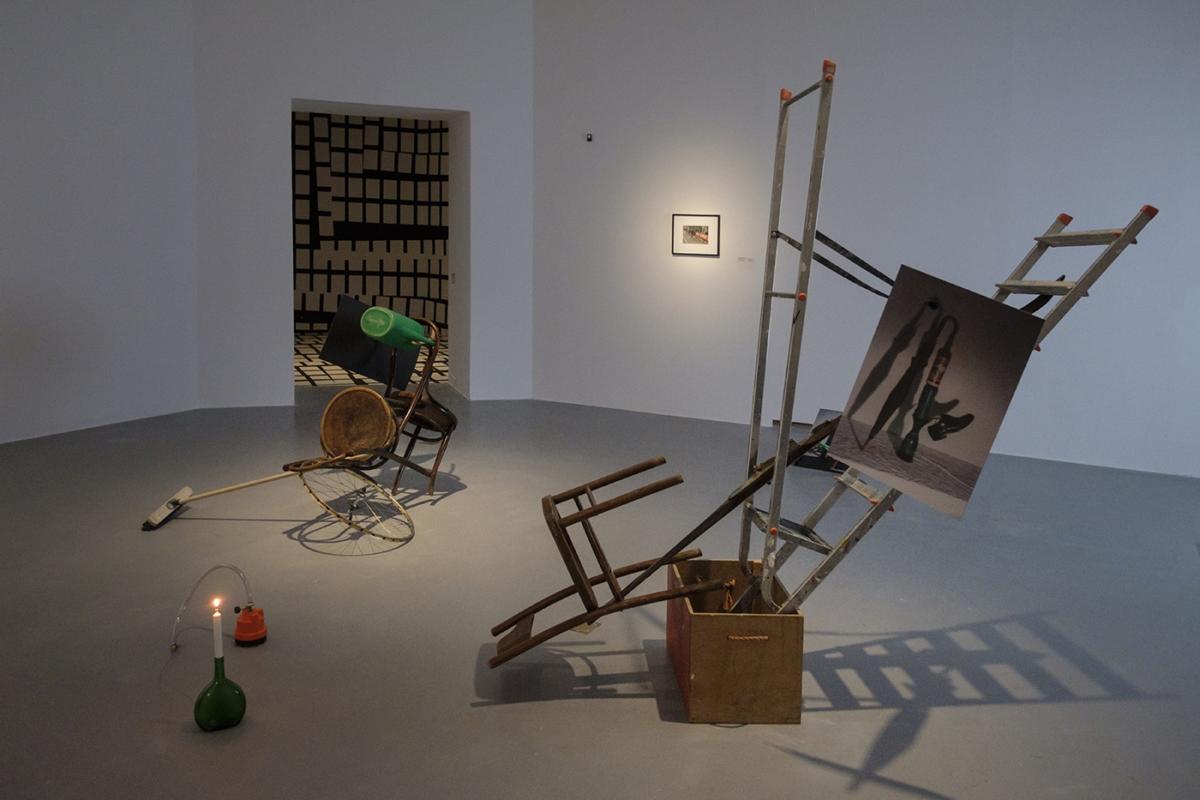
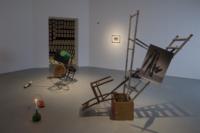



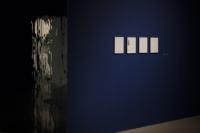

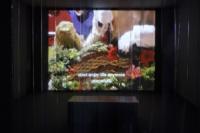
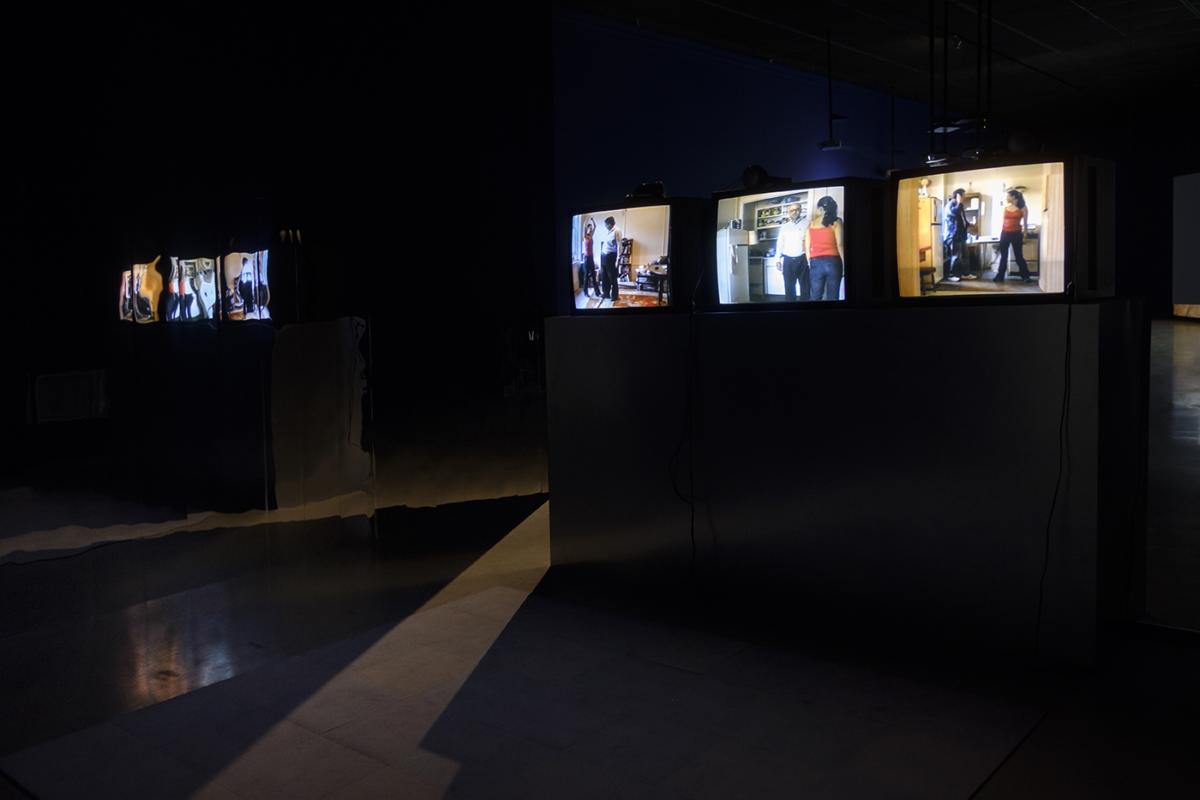
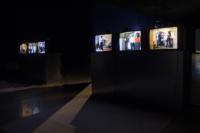
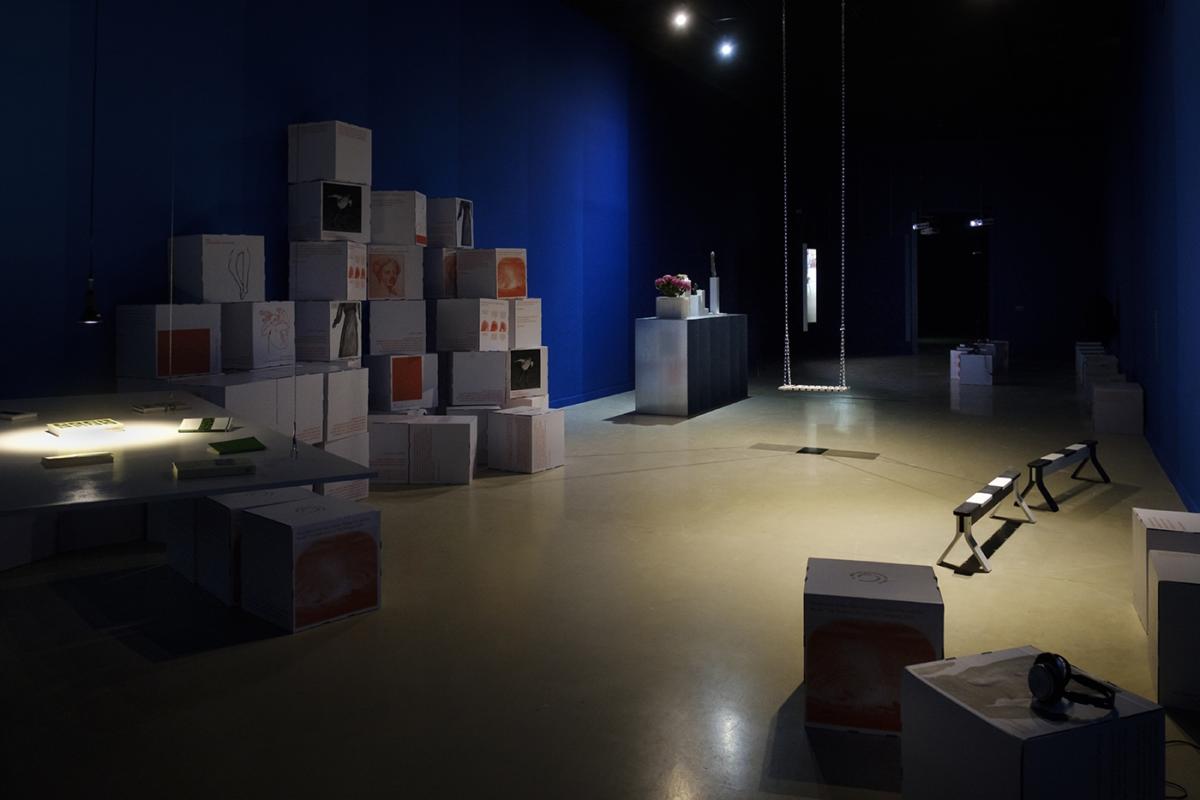
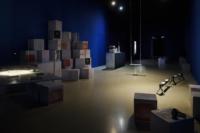

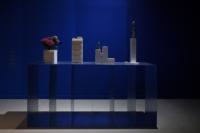
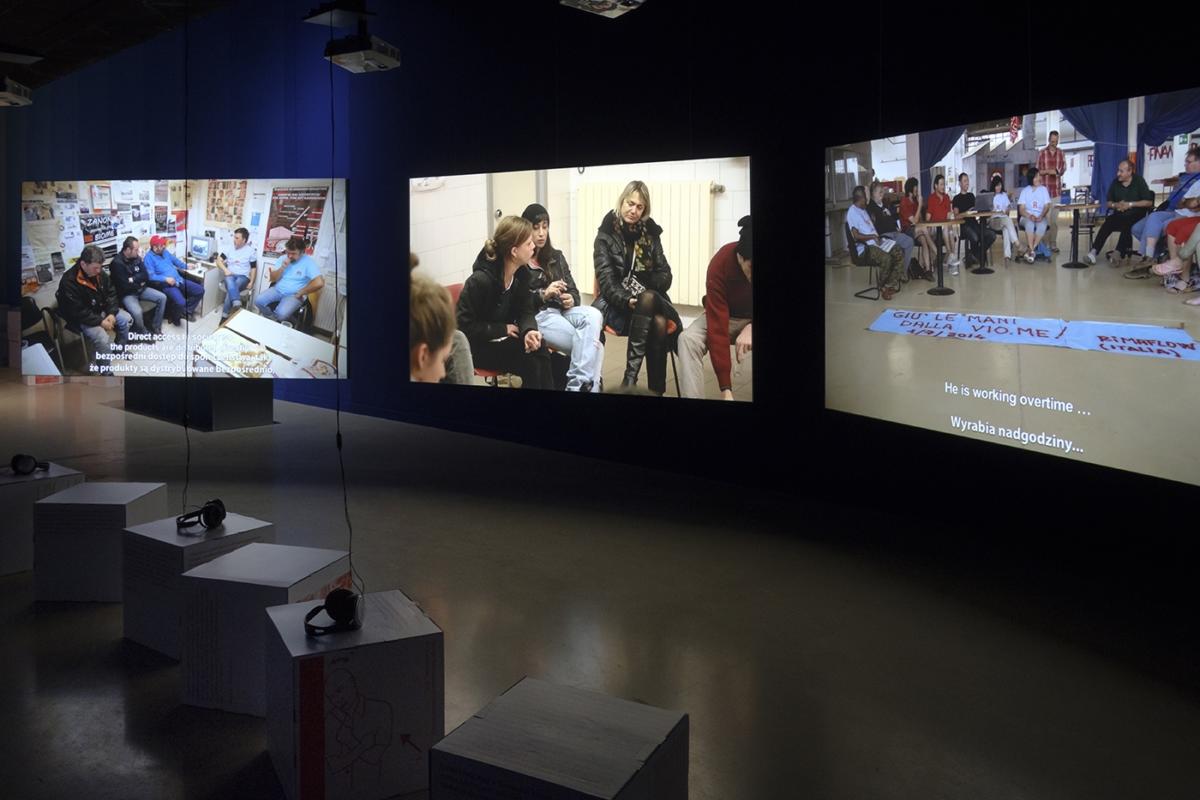
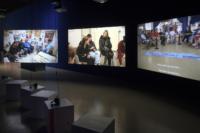
ENG
This exhibition can get your head spinning. Artists leave the established to seek other states of consciousness.They lure the audience into a confrontation with their own convictions.
The destabilised world seems to have become part of our normal perception of the world. Every day reports of crisis send us into a state of frenzy, whether real or fictional. The feeling of vulnerability, unease and fear of unpredictable change conjures up the image of a floundering society on a whirling planet. The ensuing dizziness can clear, cause a great stir, move heaven and earth – it destabilises. And yet, as the artistic research on Dizziness – A Resource proposes, dizziness can also be seen as providing momentum for creative thinking and activity.
The group exhibition Dizziness. Navigating the Unknown is the result of the artistic–research project Dizziness – A Resource, which is being implemented since 2014 by Ruth Anderwald and Leonhard Grond at the Academy of Fine Arts in Vienna, in collaboration with the Institute of Psychology at the University of Graz. In the project, the various states of instability become the starting point for exploring the frontiers of philosophy, cultural studies, medicine, research into creativity and innovation.
The exhibition will feature the works of thirty–three artists from around the world, created in the second half of the 20th century and in the 21st century. These works instill in the viewers the sensation of disarray mentioned in the title of the exhibition. The premeditated artistic strategies force the audience to confront their own convictions, directions of thought as well as intentions. Artists elicit questioning of the established rules or the ongoing changes in the world. They go beyond what has previously been established, beyond the generally accepted framework of thinking.
Disequilibrium is merely the starting point for what is actually happening in the exhibition. Vertigo as a loss of control and stability is analyzed both psychologically and physically. Philippe Parreno’s film No More Realityintroduces us to a state of crisis. The film Kranky Klaus, from Cameron Jamie, will depict the social chaos caused by traditional rituals. A lack of confidence and a loss of control, both of which often accompany the creative act, can be observed in the film Fractal Crisis, made by Swedish artists Viktor Landström and Sebastian Wahlforss.
The installation MUHKA by Anna Veronica Janssens will immerse us in radical uncertainty while Michael Landy will propose self–destruction as a way to achieve a state of holiness. Bruce Nauman’s exercises for functioning in an uncertain world may be one of the answers to this state of crisis. On the other hand, Ólafur Elíasson’s Trust Compass, will serve to regain orientation in a destabilized environment – at least for a little while.
Attention! There are warnings under some artwork titles. Persons with claustrophobia, asthma and artificial pacemaker should take extra coution.
Przypisy
Stopka
- Osoby artystyczne
- Bas Jan Ader, Marc Adrian, Ruth Anderwald i Leonhard Grond, Norbert Delman, Teboho Edkins, Ólafur Elíasson, Robert Filliou, Oliver Hangl, Cameron Jamie, Ann Veronica Janssens, Anna Jermolaewa, Joachim Koester, Viktor Landström i Sebastian Wahlforss, Michael Landy, Henri Michaux, Jonathan Monk i Ariel Schlesinger, Laurel Nakadate, Bruce Nauman, Trevor Paglen, Philippe Parreno, Helga Philipp, Józef Robakowski, Oliver Ressler i Dario Azzellini, Ben Russell, Esther Stocker, Superflex, Catherine Yass, Antoinette Zwirchmayr
- Miejsce
- Centrum Sztuki Współczesnej Zamek Ujazdowski, Warszawa / Ujazdowski Castle Centre for Contemporary Art
- Osoba kuratorska
- Ruth Anderwald, Leonhard, Grond Katrin Bucher Trantow; współpraca kuratorska: Michał Grzegorzek
- Fotografie
- Bartosz Górka / Centrum Sztuki Współczesnej Zamek Ujazdowski
- Strona internetowa
- u-jazdowski.pl
- Indeks
- Ann Veronica Janssens Anna Jermolaewa Antoinette Zwirchmayr Ariel Schlesinger Bas Jan Ader Ben Russell Bruce Nauman Cameron Jamie Catherine Yass Centrum Sztuki Współczesnej Zamek Ujazdowski Dario Azzellini Esther Stocker Helga Philipp Henri Michaux Joachim Koester Jonathan Monk Jonathan Monk i Ariel Schlesinger Józef Robakowski Laurel Nakadate Leonhard Grond Marc Adrian Michael Landy Norbert Delman Ólafur Elíasson Oliver Hangl Oliver Ressler Oliver Ressler i Dario Azzellini Philippe Parreno Robert Filliou Ruth Anderwald Ruth Anderwald i Leonhard Grond Sebastian Wahlforss Superflex Teboho Edkins Trevor Paglen Viktor Landström Viktor Landström i Sebastian Wahlforss

